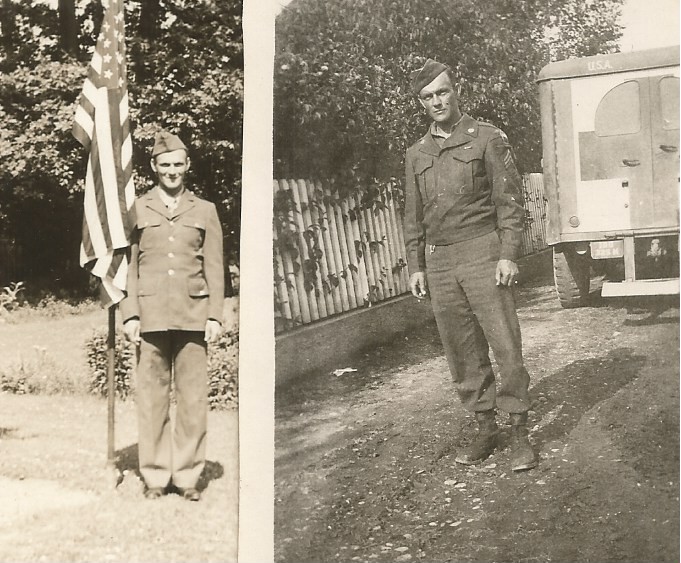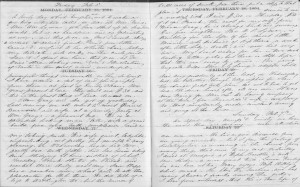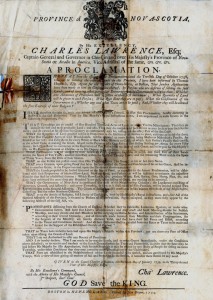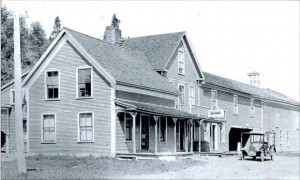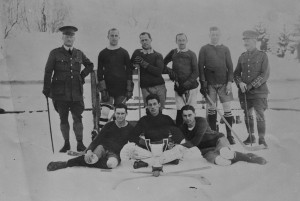
There is one thing that many people know about me, and that is that when I am not busily researching family trees and helping patrons here at the New England Historic Genealogical Society’s research center, the odds are pretty good that I am off somewhere watching hockey or studying its history. In fact, I just returned from a trip to Montréal to see the Montréal Canadiens beat the Boston Bruins. Had I known then of the exhibit currently on display at the Library and Archives Canada in Ottawa, I might have headed west, once I crossed the border, instead of going on to Montréal. However, it wasn’t until I had returned and was finalizing some pieces for a webinar that I saw the item on the website of the Library and Archives Canada (LAC). Continue reading Hockey and Canada, 1914-18


